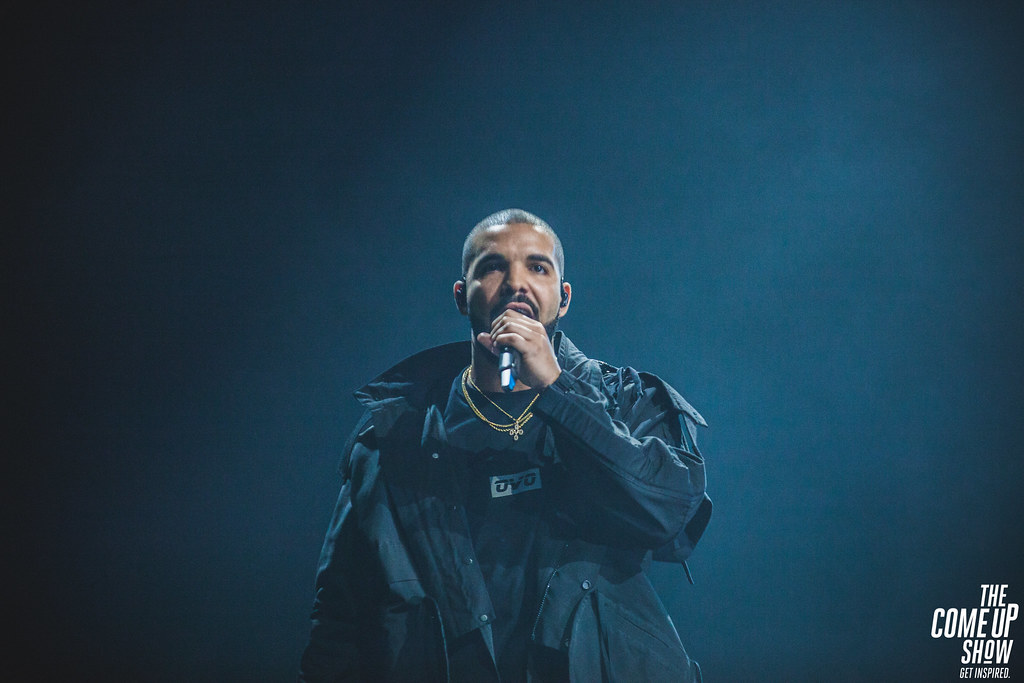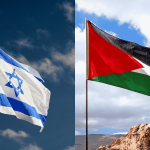
Entertainment
Drake and UMG Legal Tensions Escalate as Defamation Lawsuit Gains Attention
YEEZY SLPR SL-01: Kanye West’s $20 Slipper Gains Global Attention
Entertainment
Kanye West has introduced the YEEZY SLPR SL-01, a $20 slipper that is already making waves in the fashion world. With its …
Powerful Earthquake Triggers Tsunami Advisory in Southwestern Japan
Science
Southwestern Japan experienced a powerful earthquake on January 13, 2025, prompting a tsunami advisory across coastal regions. The Japan Meteorological Agency (JMA) …
Apple Set to Launch iPhone 17 Air and Revamped iPad Lineup in 2025
Technology
Apple is preparing to introduce the iPhone 17 Air, a sleek new addition to its smartphone lineup, later this year. Alongside this …
Hackers Target Gravy Analytics, Expose Risks in Location Data Industry
Technology
In a troubling development, Gravy Analytics, a leading location data provider, has been targeted in a cyberattack that compromised vast amounts of …
Kohl’s Restructuring Efforts Lead to 27 Store Closures Nationwide
Business
Kohl’s, the prominent department store chain, announced plans to close 27 underperforming stores across 15 states by April 2025. This move is …
VLC Brings AI-Powered Subtitles to CES 2025
Technology
VLC Media Player is taking the spotlight at CES 2025 with a groundbreaking announcement: the introduction of real-time AI-powered subtitles and translations. …
PayPal Users Targeted in Sophisticated Phishing Scam
Technology
A new wave of phishing scams targeting PayPal users is causing widespread concern among cybersecurity experts and consumers. Cybercriminals are employing highly …
Samsung’s Galaxy Subscription Plan to Launch with S25 Ultra Next Month
Technology
Samsung is preparing to introduce a groundbreaking subscription service that allows users to rent Galaxy smartphones, starting with the highly anticipated Galaxy …













